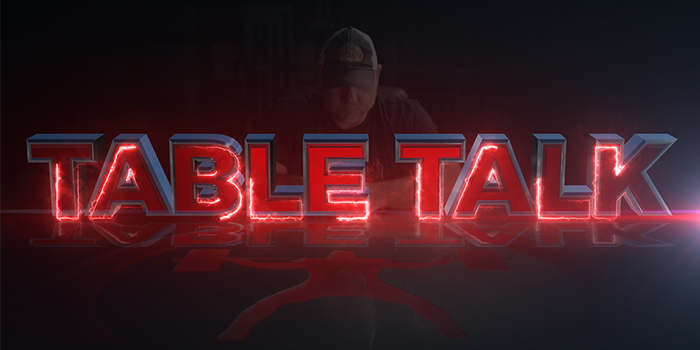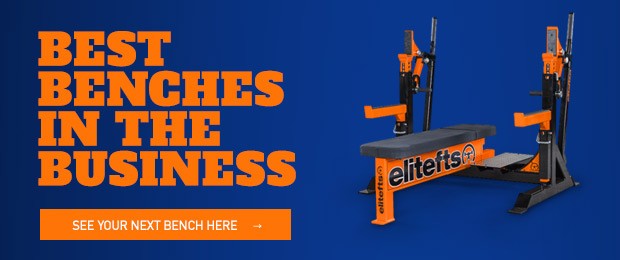
In a recent Table Talk video, Dave detailed how it is possible to alter workload throughout a dynamic effort wave by changing nothing other than the specialty bar you use. This topic must have bothered some people, because Dave got a lot of messages about how he was making things far more complicated than they need to be. Dave's response: these people must have missed the part where he specified that his advice was for advanced lifters.
Sure, if you're dealing with a beginner or intermediate level lifter, it probably won't matter much that you're waving specialty bars and controlling for workload. Maybe that is too complicated. But once you've been training seriously for more than 10 years and you have to fight for even five pounds more on a lift in a year, it's going to start mattering — a lot. At that stage in your lifting career, every possible option for reaching a new PR should be given a chance.
This same logic applies to today's Table Talk video. It's for advanced lifters, and if you're not advanced then it probably doesn't apply to you. The question:
"How often should you rotate bars for the bench press?"
Dave's general advice is to remember that you don't need to rotate specialty bars for dynamic effort bench press nearly as often as you should for dynamic effort squat. That said, the main rule still applies. You're going to have different maxes with different bars, which means you will have different weights for each training day even if you use the same percentages. This allows you to wave your workload throughout a training cycle by changing nothing other than the specialty bar you use.
As a refresher:
- Volume = Sets x Reps
- Workload = Sets x Reps x Weight
To demonstrate how this works for the bench press, Dave gives an example. Suppose you have a dynamic effort bench wave that builds up over three weeks from 50% to 55% and finally to 60%. Over these three works, your workload is going to change because the percentages increase. If you know this particular progression of percentages—or any other progression of percentages—works well for you, you can fluctuate your workload without having to alter your percentages, simply by switching the bar you use.
For example, your max with the American Cambered Grip Bar is probably going to be less than your straight bar max. So if you use that specialty bar for a dynamic effort wave and keep your percentages exactly the same as the percentages you'd typically do with the straight bar, the weight each week will be lower than with the straight bar and thus the workload will be lower. If you want to try a descending or ascending workload over a period of 12 weeks, you can achieve it simply by changing bars, without having to make any adjustments in sets, reps, or total volume.
WATCH: Equipment Feature with Nate Harvey — Rackable Cambered Squat Bar
The second factor to keep in mind with the bench press is that specificity can become a problem if you're using specialty bars too much. When you rotate a specialty bar into your program, your grip will usually change from a standard grip with a straight bar to a neutral grip with the specialty bar. With the squat this poses no problem because, even with specialty bars, your stance and your mechanics remain mostly the same. With the bench, you have to stay mindful of becoming too accustomed to a non-competition grip.
For max effort work, Dave says it's a lot simpler: change the bar all the time. You should have different records with each bar and you can change them as often as every week if you want. Dave prefers to change every week, but some lifters may do better sticking to the same movement for two weeks before changing. Either way, for max effort work you should be constantly using different bars and exercises.










